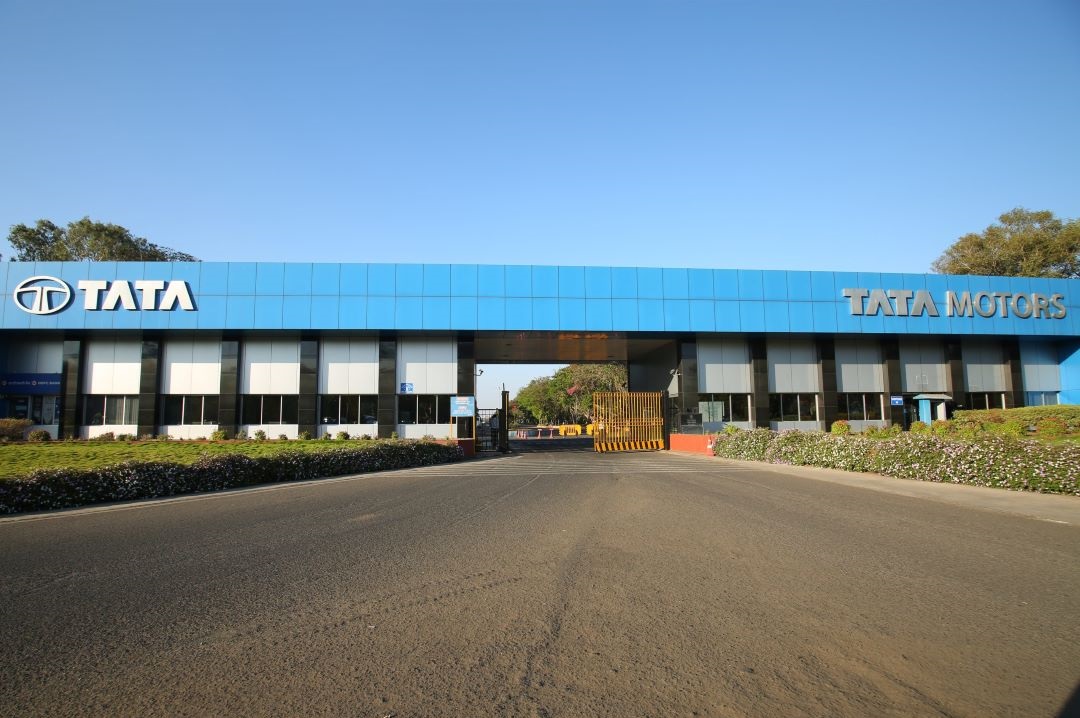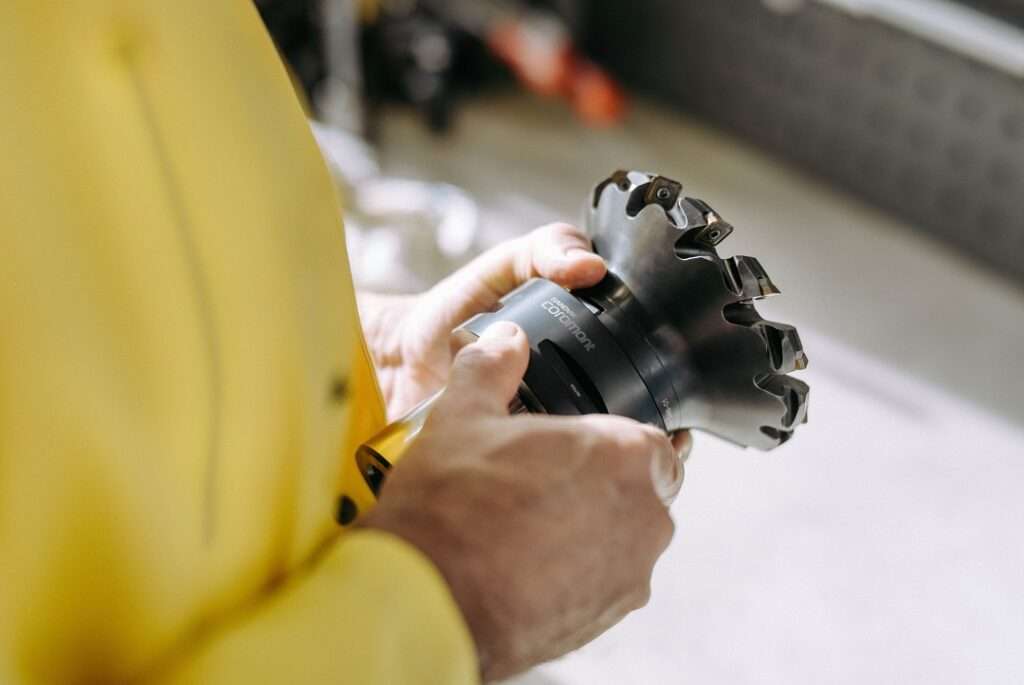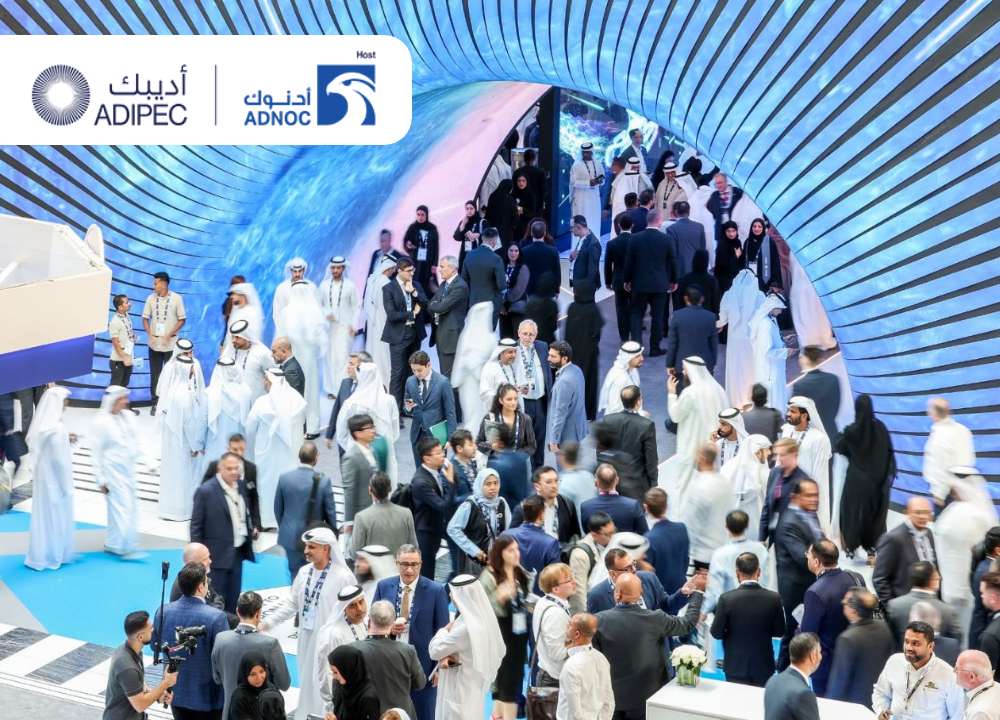Tata Motors, a key player in India’s commercial vehicle market, is exploring multiple alternative fuels, with a strong focus on hydrogen. The company is looking at three hydrogen-based technologies to achieve net-zero emissions.
In a recent investor presentation, Tata Motors highlighted hydrogen as crucial for medium and heavy-duty trucks, especially for long-haul routes. Though still in early stages in India, hydrogen vehicles could offer lower ownership costs compared to diesel.
Tata’s push into hydrogen includes a joint venture with Cummins Inc., producing hydrogen-powered engines in Jamshedpur. Tata Motors also delivered India’s first hydrogen fuel cell buses to Indian Oil Corp, operating in the Delhi-NCR region.
The Indian government’s National Green Hydrogen Mission supports this move, aiming for 5 million metric tonnes of green hydrogen production per year by 2030.
Besides hydrogen, Tata Motors is also focusing on other fuels like CNG, LNG, ethanol blends, and biodiesel. CNG stations are expected to grow from 6,000 to over 10,000 by 2030. LNG stations are projected to increase to over 1,000 by 2027. Tata Motors is preparing its vehicles to be compatible with these fuels.
Additionally, Tata Motors is working on ED5 blended fuels and aiming to meet standards for E20 ethanol and M15 methanol by 2027. The company offers B30 biodiesel in international markets and is waiting for regulatory clarity to introduce it in India.
Price Hike
Tata Motors announced a price increase of up to 2% for its commercial vehicles starting July 1, 2024, to counter rising commodity prices. This is the third price hike this year, totaling a 7% increase.








